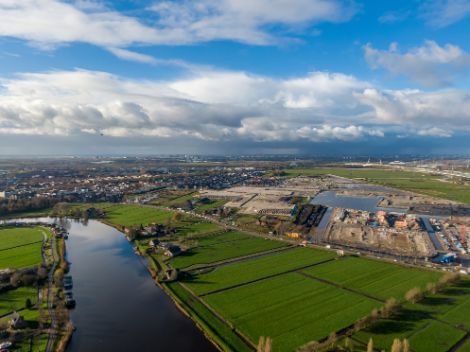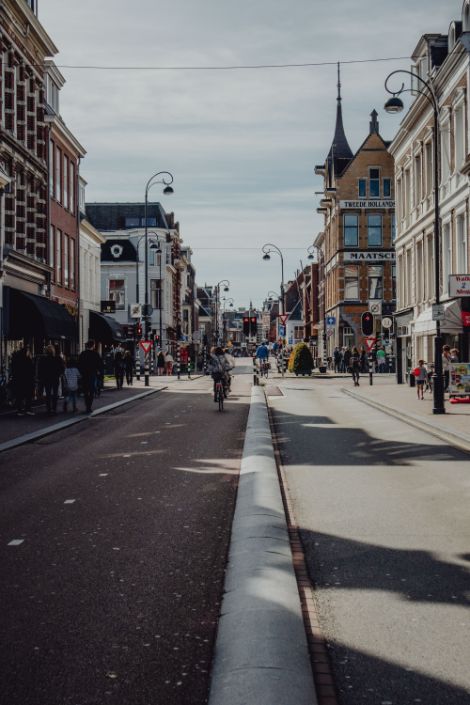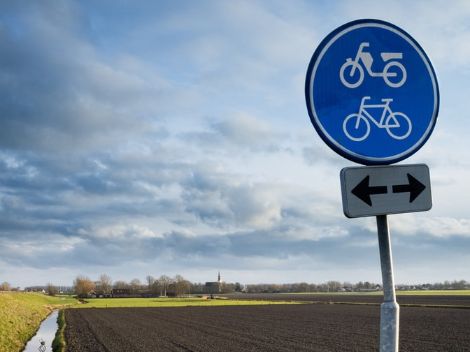Bicycle Traffic Monitor
Increasingly more space is being assigned to bicycles in sustainable transport policies at municipal and provincial levels. Policy makers and advisers are required to take bicycle use into account when improving cycling infrastructure – but also different types of bicycles and target groups. To do this, it is important to be able to objectively substantiate policy choices using figures.
Applied by Haarlem
Well-managed bicycle traffic
Every day on our cycle routes, various types of cyclists – commuters, racers, sightseers – compete for space. Managing this bicycle traffic effectively does not only require a lot of creativity; above all, it demands insight into current traffic flows. Encouraging bicycle use fits in with the aim of creating a healthy and safe local environment. The bicycle industry is capitalising on this by offering a variety of bicycles, with electric bikes and speed pedelecs taking up an increasing share. Municipal and provincial cycle infrastructure needs to keep pace with this, yet current capacity bottlenecks indicate that this is no easy task.
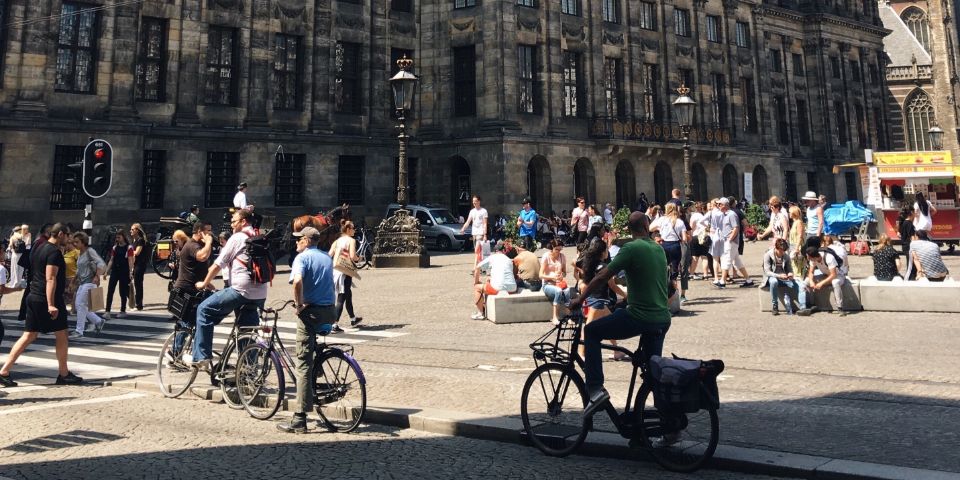
Bicycle Traffic Monitor offers insight through data
Witteveen+Bos’s Bicycle Traffic Monitor helps use data to map out bicycle traffic, identify bottlenecks and determine the impact of measures. The Bicycle Traffic Monitor makes use of existing (freely available) data and allows relevant local data to be added if required. This can help quantitatively substantiate cycling policy and policy measures, which in turn helps speed up the process of realisation and eliminates errors of judgement that can lead to unwanted consequences at a later stage.
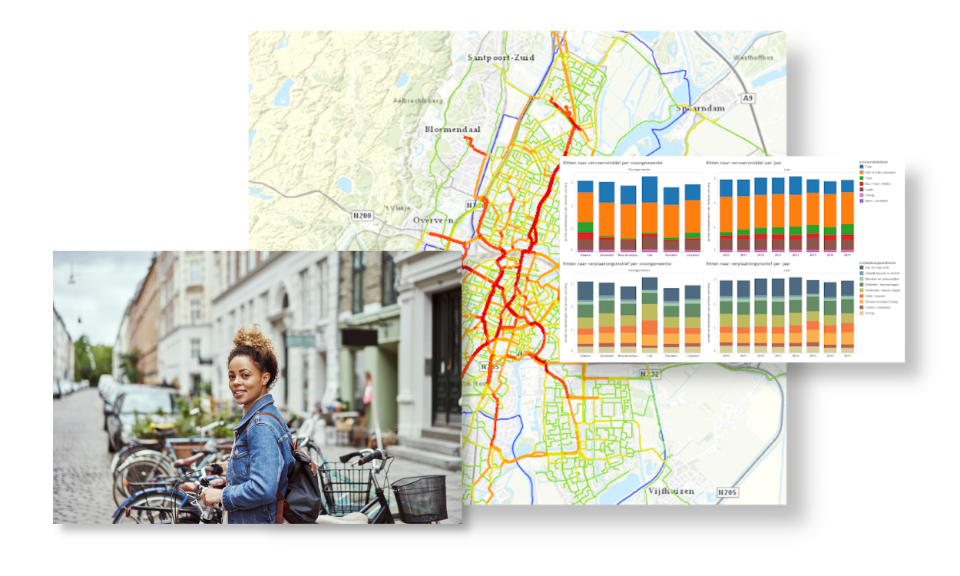
Benefits of Bicycle Traffic Monitor

Direct visual insight
The Bicycle Traffic Monitor provides objective insight into bicycle traffic flows, safety, traffic congestion, and the capacity and condition of the cycle network.

Substantiating cycling policy
By gaining insight into bicycle traffic and the impact of measures, policy makers can establish their own bicycle policy priorities, making use of an objective depiction of existing bicycle flows.

Easy to use
Use of the Bicycle Traffic Monitor takes place in an interactive web environment, which allows information layers to be included or left out. The impact of cycling measures can easily be made transparent.

More information?

Sander, a traffic data scientist, is the Bicycle Traffic Monitor's inventor, developer and product owner.

